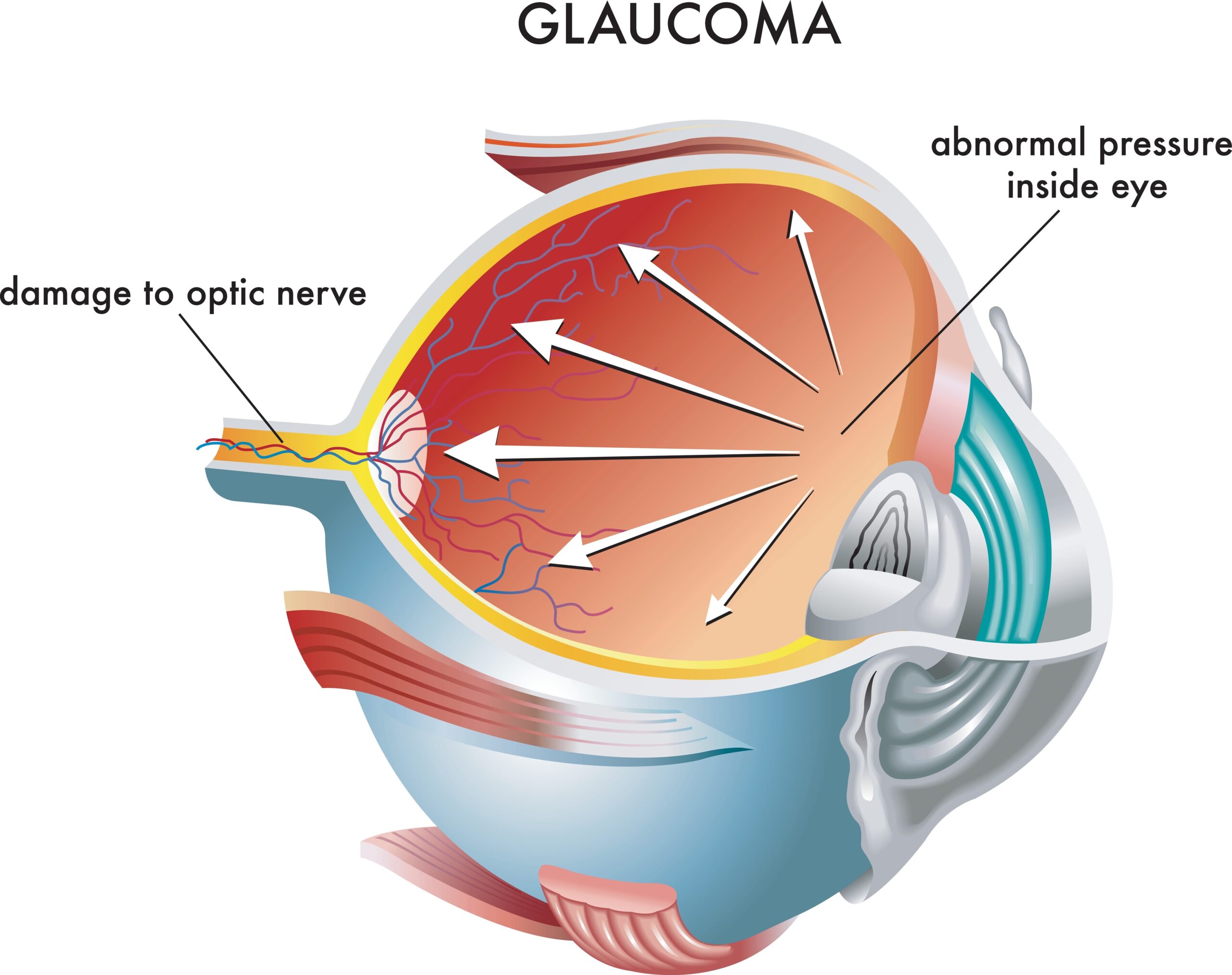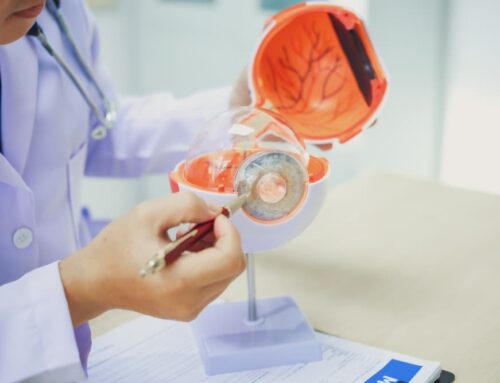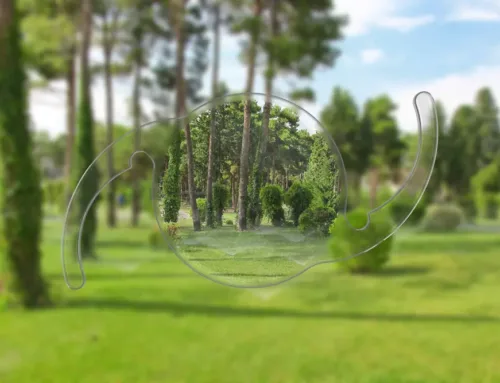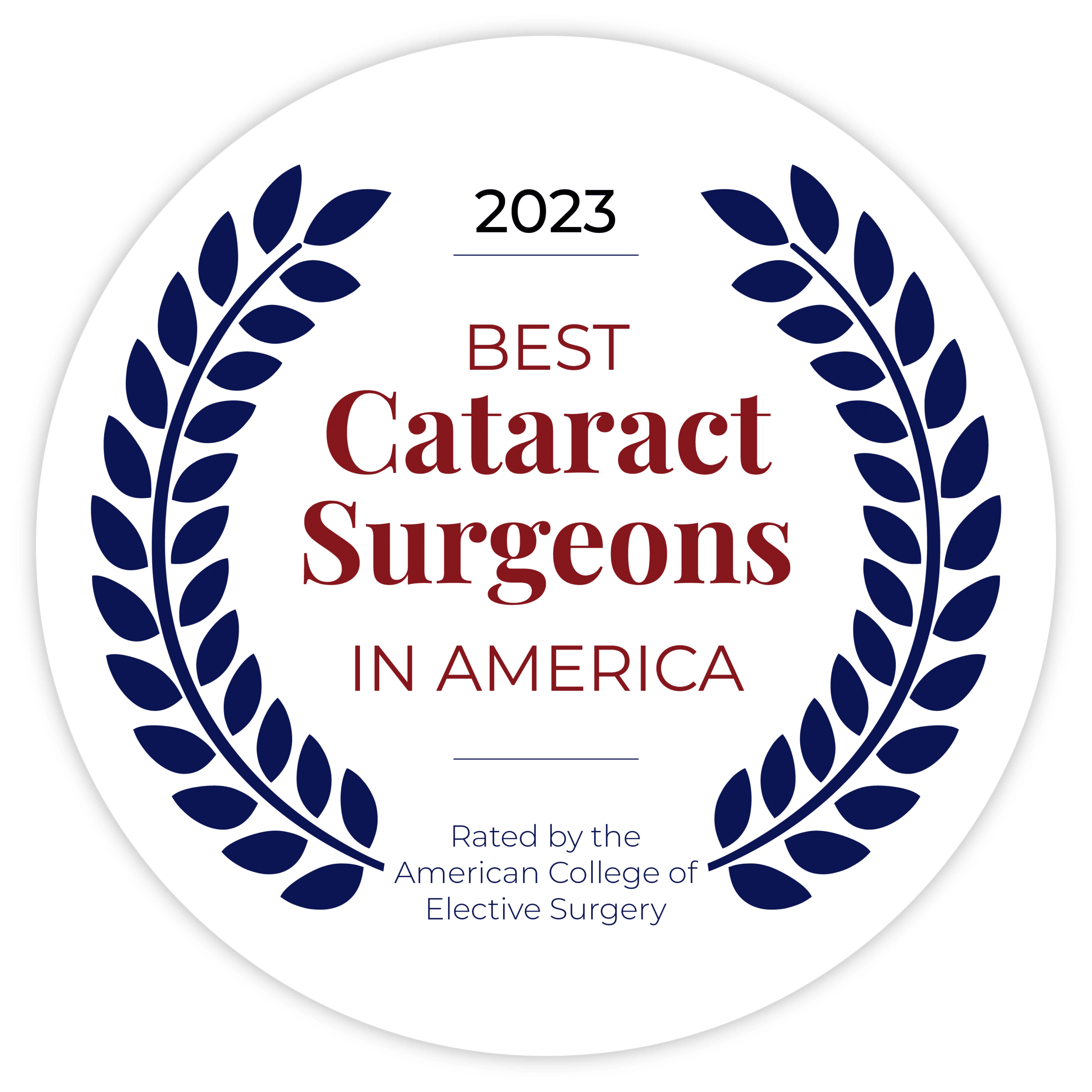About 3 million Americans suffer from glaucoma. This disease is the second most common cause of blindness globally. There are frequently no early signs, which is why 50 percent of patients are unaware of glaucoma progression.
In this article, we’ll discuss glaucoma symptoms, how it affects vision, and how you can prevent further loss of sight with the help of a professional ophthalmologist.
What Is Glaucoma?
Glaucoma is an eye disease that causes damage to the optic nerve. It develops by the accumulation of eye fluid, known as “aqueous humor,” which travels down a drain known as “trabecular meshwork.” The trabecular meshwork locates in the “drainage angle,” and if the eye fluid does not drain properly, the eye pressure rises, resulting in severe eye damage.
The optic nerve is responsible for transmitting visual information to the brain. If the optic nerve is damaged, it cannot send visual information to the brain. Here is a better example of glaucoma and its consequences on a healthy eye: What is glaucoma?
Types of Glaucoma: What are the Most Common?
Open-Angle and Angle-Closure are the two most common kinds of glaucoma. However, there are at least ten forms of glaucoma. The types of glaucoma are as follows:
- Open-angle glaucoma
- Narrow-angle glaucoma or angle-closure glaucoma
- Normal-tension glaucoma
- Congenital glaucoma.
- Secondary glaucoma.
- Pigmentary glaucoma
- Exfoliative glaucoma
- Neovascular glaucoma
- Uveitic glaucoma
- Traumatic glaucoma
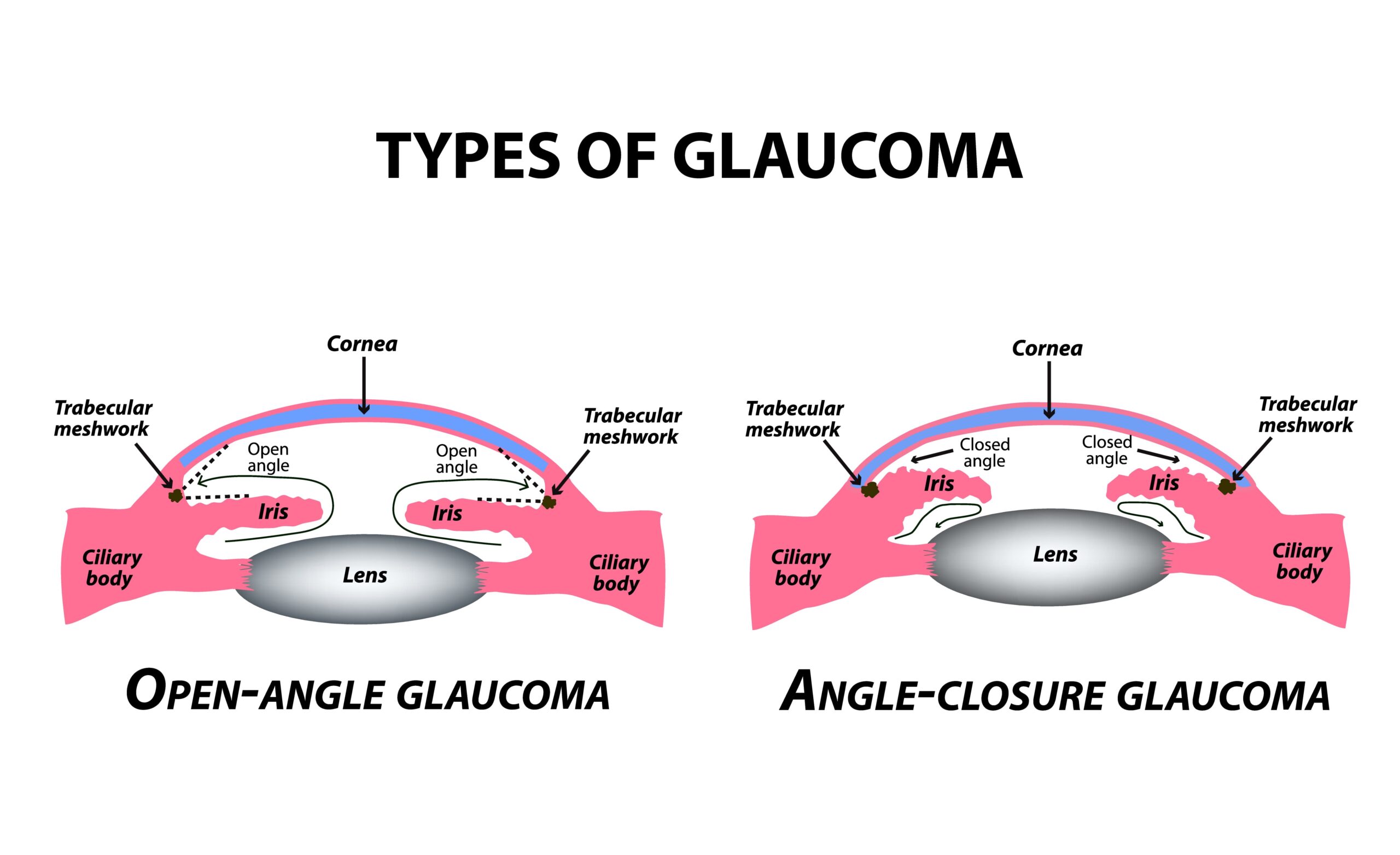 Open-Angle Glaucoma
Open-Angle Glaucoma
The most common type is primary open-angle glaucoma, with age as a factor in its progression. Over the years, the person’s eye drainage system becomes obstructed, causing inadequate fluid outflow from the eye and eventually causing a progressive increase in IOP.
Symptoms
- Gradual loss of peripheral (side) vision
- Severely impaired vision
- Blind spots in the center or peripheral vision
Closed-Angle Glaucoma
Rarer than open-angle glaucoma is closed-angle glaucoma. Typically, it grows swiftly. Suddenly, the eye’s drainage region becomes entirely blocked. If left untreated, ocular hypertension can lead to a higher risk of blindness.
Symptoms
- Visual impairment and rainbow halo effects around lights
- Extreme eye pain
- Nausea and vomiting as side effects
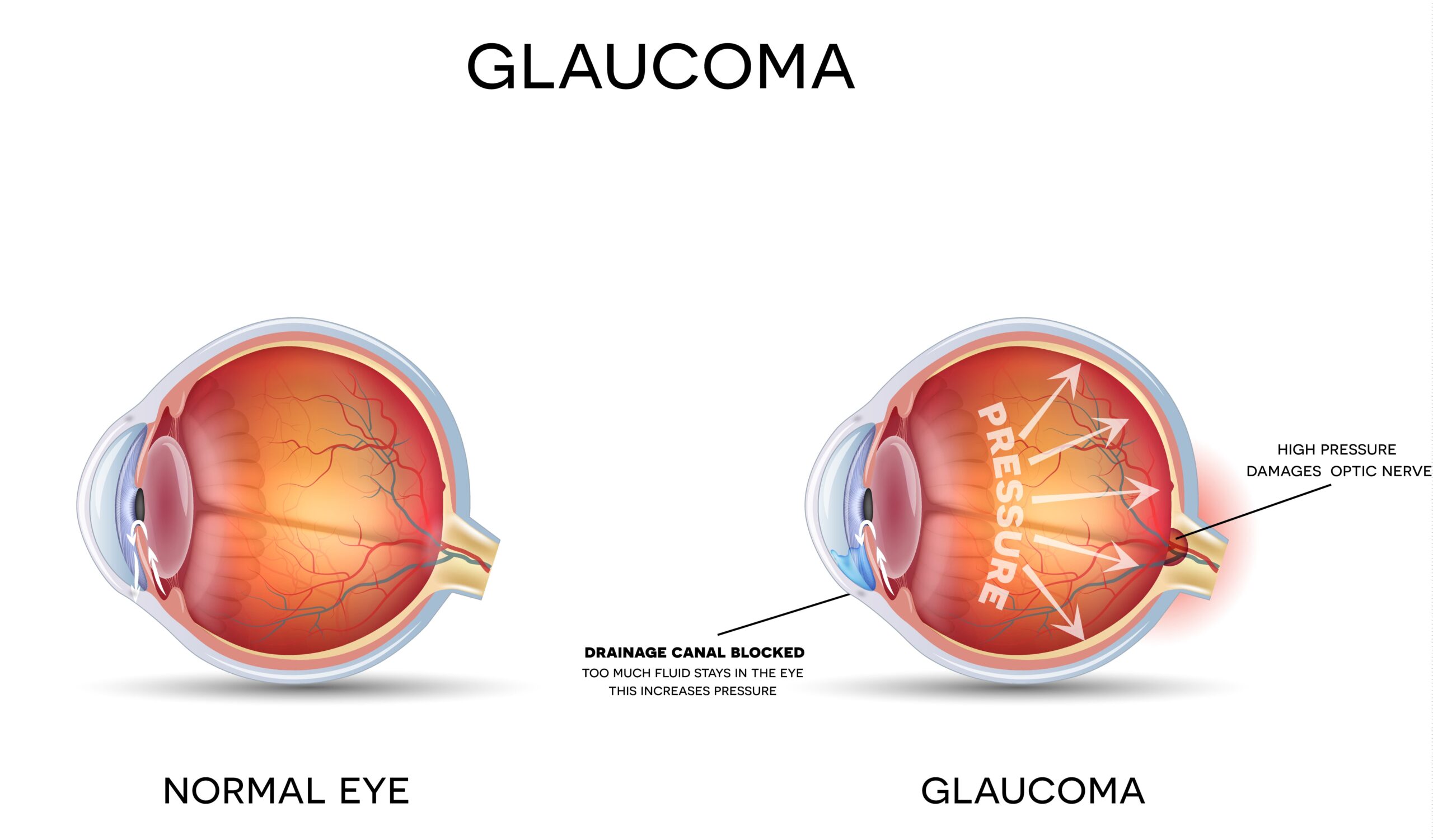
What Can Cause Glaucoma?
There are many potential contributors to the development of glaucoma.
- Age: glaucoma is increasingly prevalent as you age
- Ethnicity: African, Caribbean, and Asian heritage people are at a greater risk for glaucoma development
- Hereditary Glaucoma: Glaucoma can run in families since it may have strong genetic components
- Other medical conditions: myopia, hyperopia, and diabetes, also raise glaucoma risk
How Fast Does Glaucoma Advance?
Glaucoma’s effects are gradual. Untreated glaucoma normally takes between 10 and 15 years from the commencement of initial damage to total blindness.
The table below gives more information on the approximate progression period of glaucoma based on intraocular pressure (IOP):
| IOP mmHg (Standard unit of measurement for pressure) | Approximate progression time |
| 21-25 mmHg | 15 years |
| 25-30 mmHg | 7 years |
| 30 mmHg | 3 years |
Do What You Can to Protect Your Eyesight
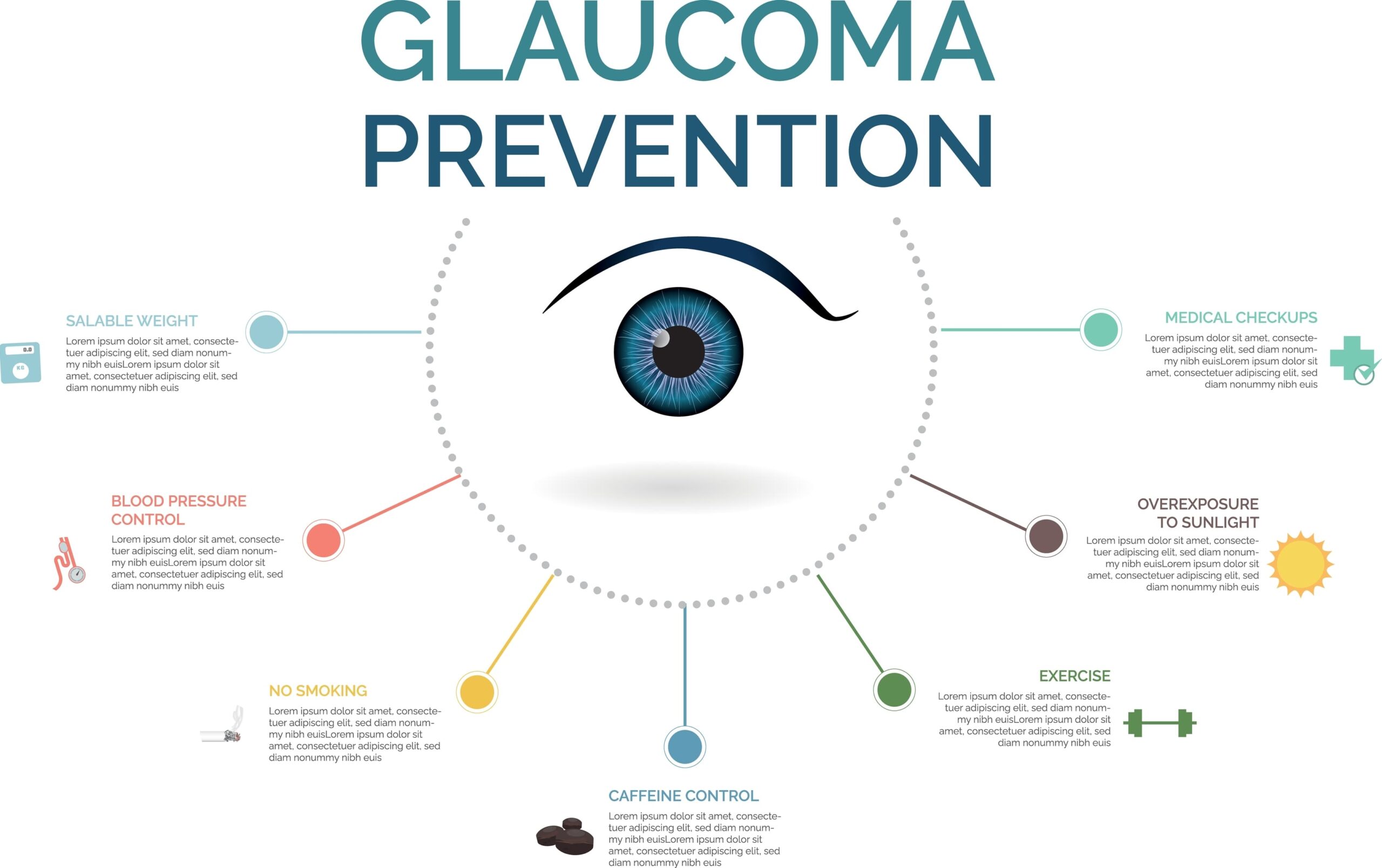
There are numerous measures you may take to protect your eyes from glaucoma and reduce your risk of vision loss.
- Routine eye exams: if you belong to one of the high-risk groups described above, a thorough eye exam can help you detect glaucoma early and begin treatment. Also, a fully dilated eye test before age 40 can help detect glaucoma and other eye problems in their earliest stages.
- Medications to Reduce Eye Pressure: Prescription eye drops can help to stop glaucoma progression. Your eye care specialist will advise you on the frequency of regular eye exams.
- Check your family history: hereditary glaucoma can be silent, so you should speak with your family members about their visual health and attend to your trusted eye doctor.
- Live a healthy lifestyle: By maintaining a healthy weight, controlling your blood pressure, being physically active, and avoiding smoking, you can prevent visual loss from glaucoma.
An interesting fact: World Glaucoma Day is celebrated on March 12th.
Get Glaucoma Treatment at Eye Care Professionals
Glaucoma treatment can prevent or restrict visual loss. The purpose of treatment is to manage glaucoma by reducing intraocular pressure.
Regarding glaucoma treatment in Reno, Nevada, no one does it better than Eye Care Professionals. As an established eye care provider for almost 60 years, we can offer various options for helping glaucoma patients keep their eyesight in optimal condition.
We are pleased to have developed high-tech procedures to assist individuals in Reno. The following are examples of accessible techniques:
- Medical management
- Endocyclophotocoagulation (ECP)
- Selective laser trabeculoplasty (SLT)
- Transciliary Filtration (TCF)
- Micro-Invasive Glaucoma Surgery (MIGS)




